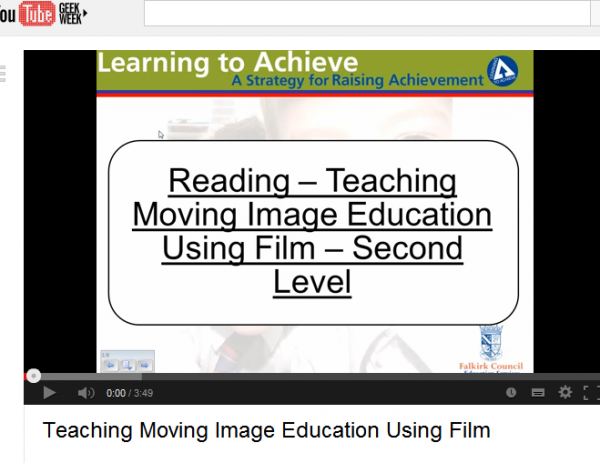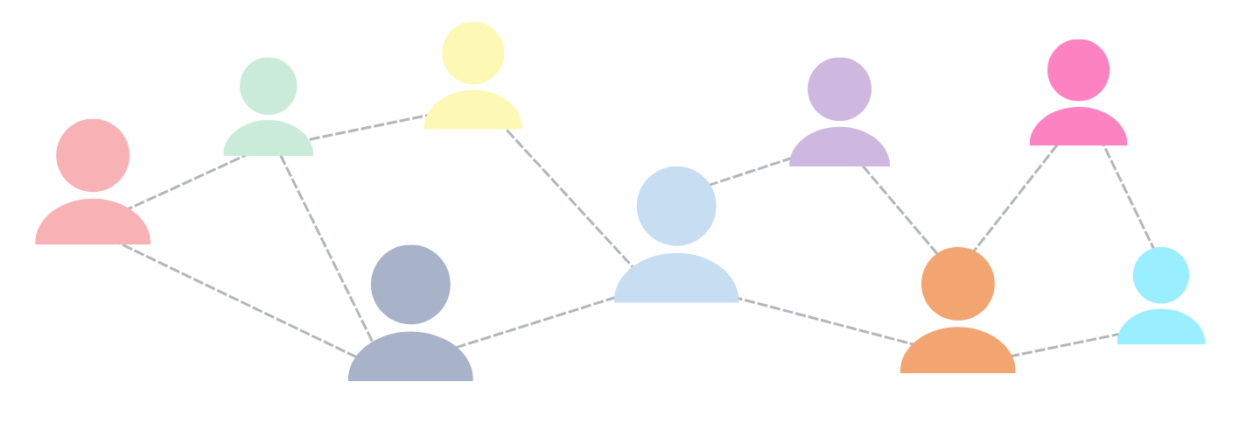 Sharon Wallace, Curriculum Support Officer, Curriculum Support Team, has been working on a number of new CPD training support videos for Active Literacy.
Sharon Wallace, Curriculum Support Officer, Curriculum Support Team, has been working on a number of new CPD training support videos for Active Literacy.
These short video sessions are aimed at Second level, however some of the materials can be adapted and applied to earlier stages.
Sharon has recorded nine short videos for ‘Reading’ including using film trailers, critical analysis, non-fiction analysis and moving image education. There are two sessions relating to spelling and these include the new spelling section and vocabulary building which explores homophones and affixes. There is one training session called ‘Developing Writing at Second Level’ and this looks at incorporating a range of different genres, as well as the use of mixed ability writing trios and effective conferencing to improve writing skills.
These short animation videos are part of a series of CPD online sessions which range from P1 to S1.[kml_flashembed movie="http://www.youtube.com/v/gvXEPThdi2c" width="425" height="344" allowfullscreen="true" fvars="fs=1" /]



